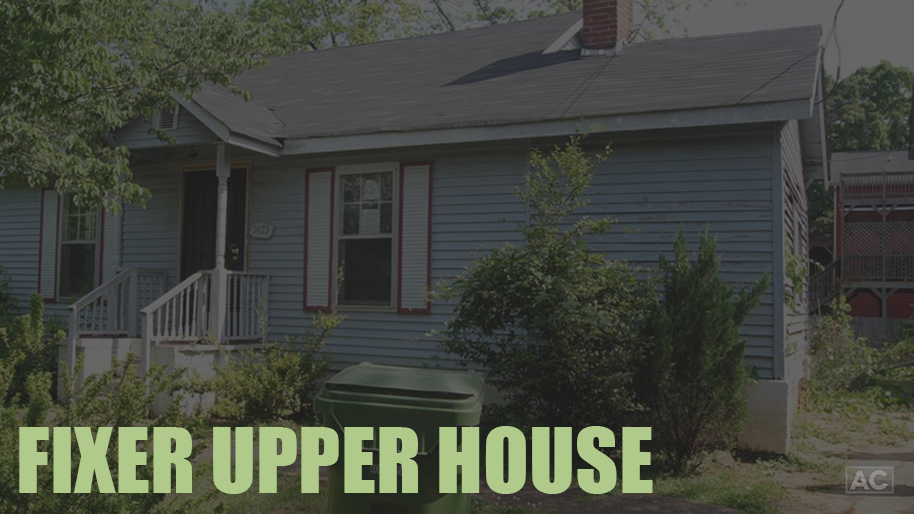5 Different Types of Flips
May 25, 2015

There is a common misconception among new real estate investors and people looking to get into real estate investing that all flips are the same. The truth is that there are many factors that go into deciding what type of flip an investment property will be. In today’s post I’m going to discuss the five different types of flips and what sets them apart from one another.
Minor Cosmetic Flip
These types of flips were created by the bubble and were popular between 2009 and 2012. Typically a minor cosmetic flip can be completed for between 10-12 thousand dollars in repairs. Some repairs you might find in these types of flips are new carpet, new paint and minor sheetrock repairs. Performing these types of repairs is often called “lipsticking” a property because you are working with and improving most of the original materials.
Now while these were popular a couple of years ago, they are few and far between now. It takes more resources to rehab a property now that it did back then. You’re far more likely to find a major cosmetic flip now than a minor cosmetic flip.
Major Cosmetic Flip
This is a scaled up version of a minor cosmetic flip. I’ve done over 300 of these types of flips. Actually, just today I put three of these types of properties under contract! These are usually houses that haven’t been updated and require more than just “lipsticking”.
These aren’t gut jobs. When working with these types of flips you will still be using a lot of the original materials but you will be required to do some updating. New kitchens, bathrooms, flooring and roofing work are almost always a must. You’ll also want to make sure that your EMPs (Electrical, Mechanical, Plumbing) are all up to code. I typically set aside 30-40 thousand dollars for repairs and updating on these types of properties. One of the main points that separate this from a gut job is that, like the minor cosmetic flips, you are working with existing materials inside of the property.
Gut Job Flip
Typically these types of flips are performed when an investment property has a weird layout. I’ve probably done around 50 of these and most of them had some kind of a layout issue that needed work. Normally I start with walls and build in from there, ripping out the insides and leaving only the “shell” of the house. Gut jobs normally take longer than the previous types of flips due to a couple of factors. Permits for construction on the house take a while to get and there are multiple levels of permits to get. There are also multiple inspections that need to be done.
Add On Flip
These types of flips happen anytime you add square footage to a house. This could be adding a room to a house or adding square footage to an existing room. An opportunity could also present itself during a gut job. I’ve found that most of the time, add on flips are gut jobs. Gutting a house provides an awesome opportunity to add valuable square footage to your flip.
Like gut jobs, add on flips take extra time due to prepping and planning. The house requires new surveys, blueprints, CAD drawings, rodent letters and asbestos reports. While getting all of these documents in order can take time but it could really be worth it to get the extra square footage into your next flip.
Tear Down Flip
I’ve got one tear down flip going on right now. These types of flips are great when you have a not so desirable house on a prime piece of property. When dealing with a tear down flip, it is always best to build according to your cost per square inch, unlike other types of flips where you base your pricing off of comps or a budget cheat sheet. One of the unique benefits that I like to take advantage of when doing these types of flips is pre selling. I can get renderings done of a tear down flip and have it sold before the flip is even completed. The faster I can get a flip sold the quicker I can move on to the next opportunity!













